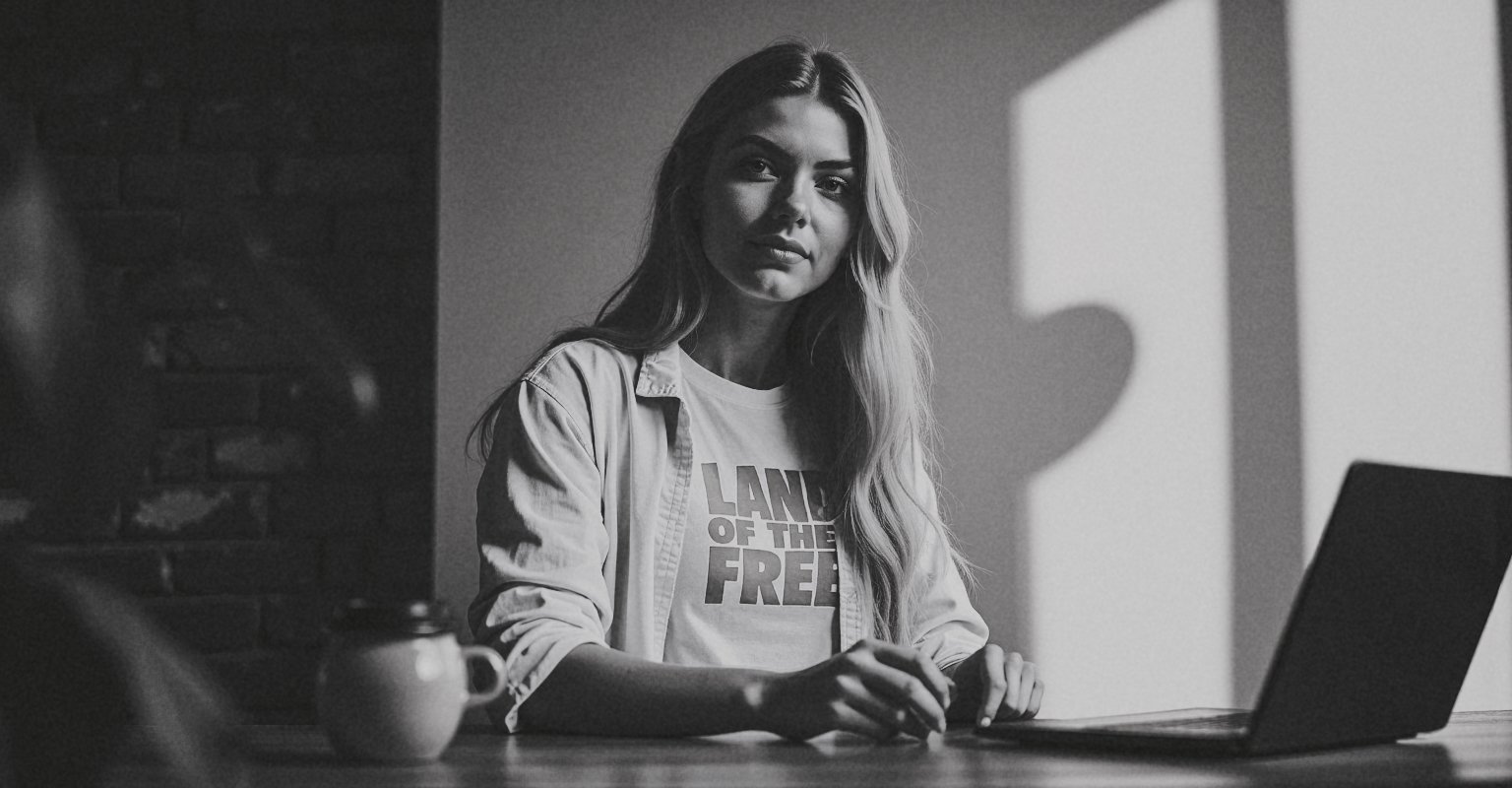What Query Fan-Out Means for the Future of Search for Outdoor Lifestyle Brands

What is the query fan-out technique?
When Google launched AI Mode, it introduced a new engine under the hood: the "query fan-out" technique. This approach, where one search prompt fans out into dozens of AI-generated subqueries, represents a tectonic shift in how discovery works online.
The traditional web search experience, especially for product categories like hiking boots or fly rods, often sent users down a rabbit hole of links, blog posts, video reviews, and "top 10 gear" lists.
Now, AI Mode collapses all that exploration into a single, summarized response. Initially limited to the U.S., AI Mode pulls data from across Google's ecosystem, Maps, YouTube, Shopping, and more, to generate answers instantly. As monetization rolls out, this is likely to become Google's default experience.
Why it matters: Query fan-out radically shortens the search journey. For outdoor brands, this means fewer clicks, fewer customer touchpoints, and fewer chances to get discovered through blog content or SEO strategy.
In the old world, a consumer might Google:
- Best hiking boots for desert terrain
- Waterproof trail shoes for women
- Salomon vs Merrell comparison
- Top-rated daypacks for 2025
- Ultralight backpacking gear checklist
Each search yielded multiple ranked results and offered a chance for niche bloggers, gear brands, and influencers to capture attention.
Today, Google's Gemini 2.0 AI parses the initial prompt, explodes it into a matrix of related questions, then fuses the most relevant results into a polished, conversational output, often quoting just a sentence or two from each source.
🔥 Pro Tip: Tools like AlsoAsked or AnswerThePublic can help visualize how one keyword like "daypack" fans out into dozens of micro-intents (like "carry-on size" or "hydration-compatible").
It's no longer enough to optimize for one keyword. Now, you're competing to have just one compelling snippet included in an AI summary, not to rank as a whole article.
What QFOT means for outdoor lifestyle content creators and brands
This isn't a tweak. This is a redefinition of how discovery works.
With query fan-out, AI answers the question before the user can explore multiple sources. For brands, this compresses the buyer journey into a single, fleeting moment and drastically reduces the surface area where your content can engage.
In the old days, each search meant new chances to appear in results. Now, unless your gear guide or blog post delivers an incredibly precise, high-E.E.A.T. (Experience, Expertise, Authoritativeness, Trustworthiness) answer to a fan-out subquery, you'll be ignored.
So what can outdoor brands do?
- Invest in multi-intent content. One blog post should answer not just "best ultralight pack" but also "durability," "cost," "capacity comparisons," and "seasonal considerations." Build clusters of related queries into each post.
- Double down on structured data. Make your content machine-readable. Schema markup, FAQs, and internal links all increase the odds of being selected for passage-level retrieval.
- Don't bury your lede. Give the answer fast. Use 40 to 60-word paragraphs that state the solution first, then support it with details. Hooks, bullets, and semantic subheadings are essential.
- Audit your off-site presence. Do you show up in Reddit threads, forums, review sites, and YouTube comments? These platforms now influence which sources Google "trusts" to summarize.
What does a winning QFOT strategy look like?
1. Strategic keyword research. Use tools like AlsoAsked to understand long-tail search behavior in your niche. Think "daypacks under $100 for winter hikes," not just "best daypacks."
2. Semantic structure. Each page should include subheadings like "Is a frameless pack worth it for overnight trips?" or "Which outdoor brands still manufacture in the USA?" These direct-question formats feed perfectly into AI summaries.
3. Data-backed performance tracking. Monitor scroll depth, bounce rate, snippet inclusion, and rich result appearance. Adjust titles and subheadings when engagement drops.
4. Brand storytelling. Outdoor customers buy based on identity. Infuse your content with adventure, ethos, and why your gear matters, not just specs.
Outdoor lifestyle brands are in a knife fight for attention, and query fan-out has just shrunk the battlefield. There's no more room for "spray and pray" content. Now is the time to own your niche, tighten your messaging, and master SEO the AI way.
I am an Ad-Age, Emmy, Shorty, Telly, and Webby Award-winning social Media Strategist and Content Creator specializing in outdoor lifestyle, adventure, travel, and recreation brands. With over 20 years of experience, I have mastered the art of digital storytelling, bringing adventure and outdoor lifestyle stories to life for various brands and broadcast TV shows. My expertise lies in creating compelling narratives that captivate audiences, build strong online communities, and drive engagement for top outdoor lifestyle brands.





